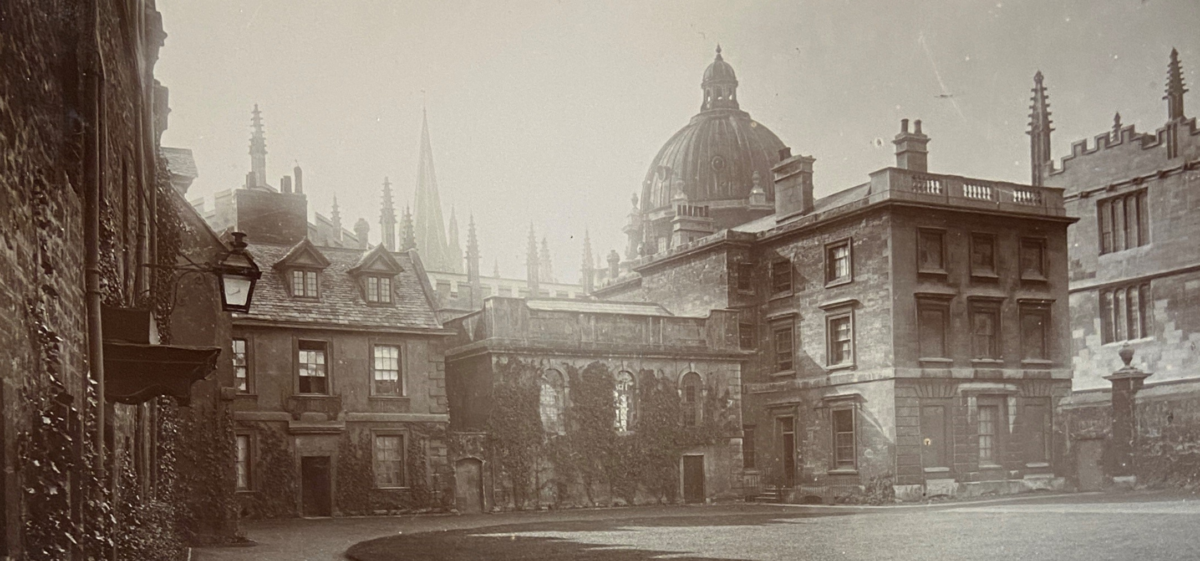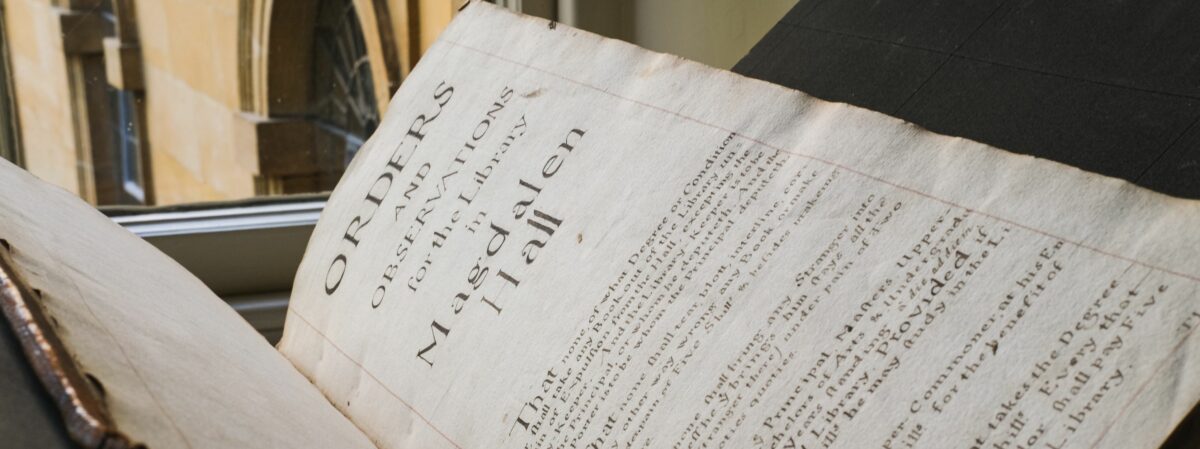Hertford Library’s special collections house books gifted in previous centuries to the college’s predecessors Hart Hall and Magdalen Hall.
Categories
Treasured donations


Hertford Library’s special collections house books gifted in previous centuries to the college’s predecessors Hart Hall and Magdalen Hall.

The 19th and 20th centuries were a time of great change as Magdalen Hall and the remnants of Hart Hall transformed into the modern day version of Hertford College on the current Catte Street site.

Hertford’s predecessor, Magdalen Hall, built up a library through donations from current and old members, and friends of the Hall.